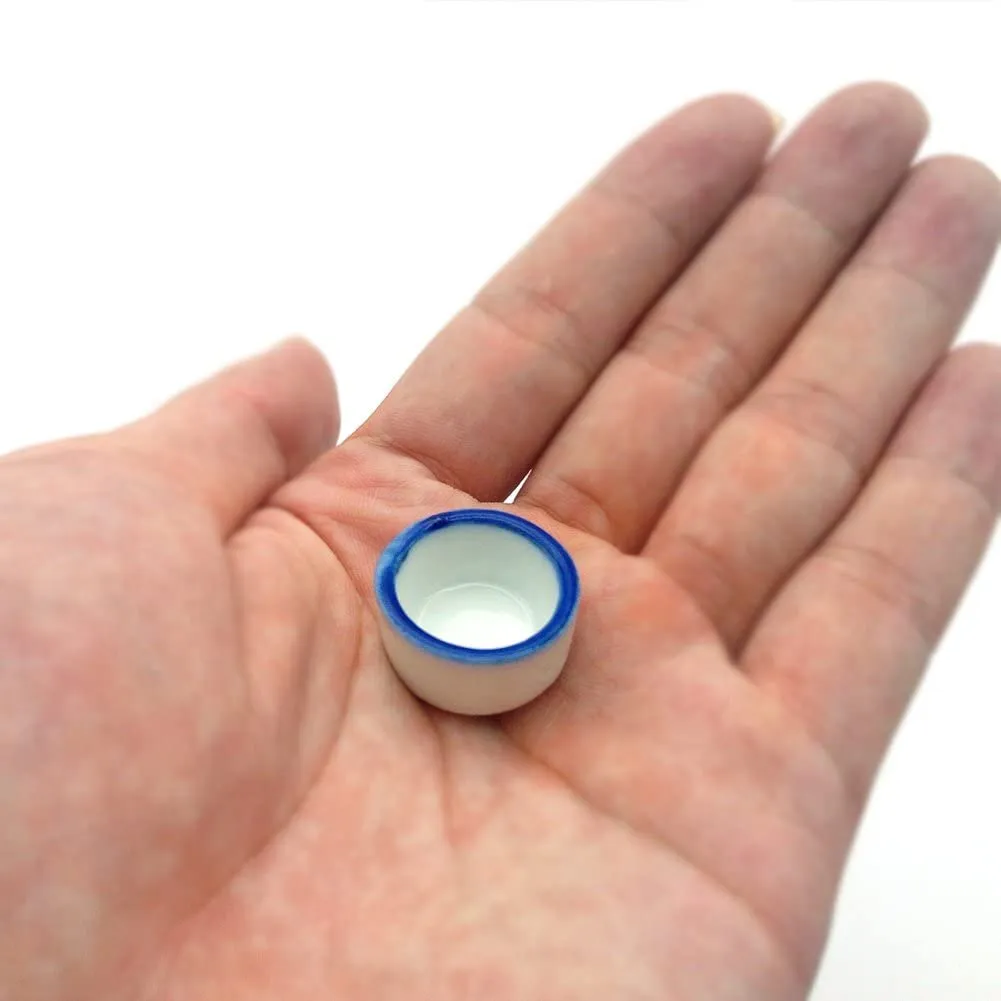Choosing the Right Pet Tarantula Accessories
Owning a pet tarantula can be a rewarding experience, but it comes with the responsibility of providing a comfortable and safe environment. Selecting the right pet tarantula accessories is crucial for your eight-legged friend’s well-being. These accessories not only enhance the aesthetic appeal of their enclosure but, more importantly, they contribute to the tarantula’s health, happiness, and overall survival. From creating a suitable habitat to ensuring proper feeding and temperature regulation, each accessory plays a vital role. This guide highlights the top 5 must-have accessories, ensuring you’re well-equipped to provide the best possible care for your tarantula.
Enclosure Essentials
The foundation of a healthy tarantula habitat is the enclosure itself. The size and type of enclosure will vary based on the tarantula species and its size. A secure, well-ventilated enclosure is non-negotiable. Glass or acrylic tanks are popular choices, offering clear views and easy maintenance. The enclosure should be large enough to allow for movement and enrichment, but not so large that the tarantula feels exposed and stressed. Avoid enclosures with screen tops, as they can be difficult to maintain humidity and can pose a risk of the tarantula getting its legs caught. Ensure the enclosure has a secure lid to prevent escapes, as tarantulas are surprisingly adept at finding their way out.
Substrate Selection

Substrate forms the floor of your tarantula’s home, serving multiple essential functions. The best substrate mimics the tarantula’s natural environment, provides a comfortable surface to walk on, aids in burrowing for terrestrial species, and helps to maintain humidity levels. Popular substrate options include a mix of peat moss, coco fiber, and vermiculite. Avoid substrates with sharp edges that could injure your tarantula. The depth of the substrate depends on the species, with burrowing species needing several inches to create tunnels. Replace the substrate regularly to prevent the buildup of waste and mold, which can be harmful to your tarantula.
Importance of Substrate
Beyond its immediate functions, substrate plays a crucial role in the overall health of your pet tarantula. It acts as a buffer against temperature fluctuations, helping to maintain a stable environment. The right substrate also aids in humidity regulation, preventing both excessive dryness and dampness. Moreover, the substrate can serve as a medium for beneficial bacteria and organisms, contributing to a balanced ecosystem within the enclosure. Choosing the right substrate, therefore, is an investment in your tarantula’s long-term health and well-being, influencing its ability to thrive and exhibit natural behaviors. Proper substrate selection also supports the tarantula’s molting process, which is essential for its growth and development.
Watering and Feeding Accessories
Providing fresh water and appropriate food is critical for your tarantula’s survival. While tarantulas obtain some moisture from their prey, a constant supply of clean water is essential, especially for species from drier environments. Feeding your tarantula also requires specific tools and techniques, ensuring that it receives the necessary nutrients without unnecessary risks. This section will explore the best methods for providing water and food, as well as tools that promote both safety and convenience in caring for your pet tarantula.
Water Dish Options
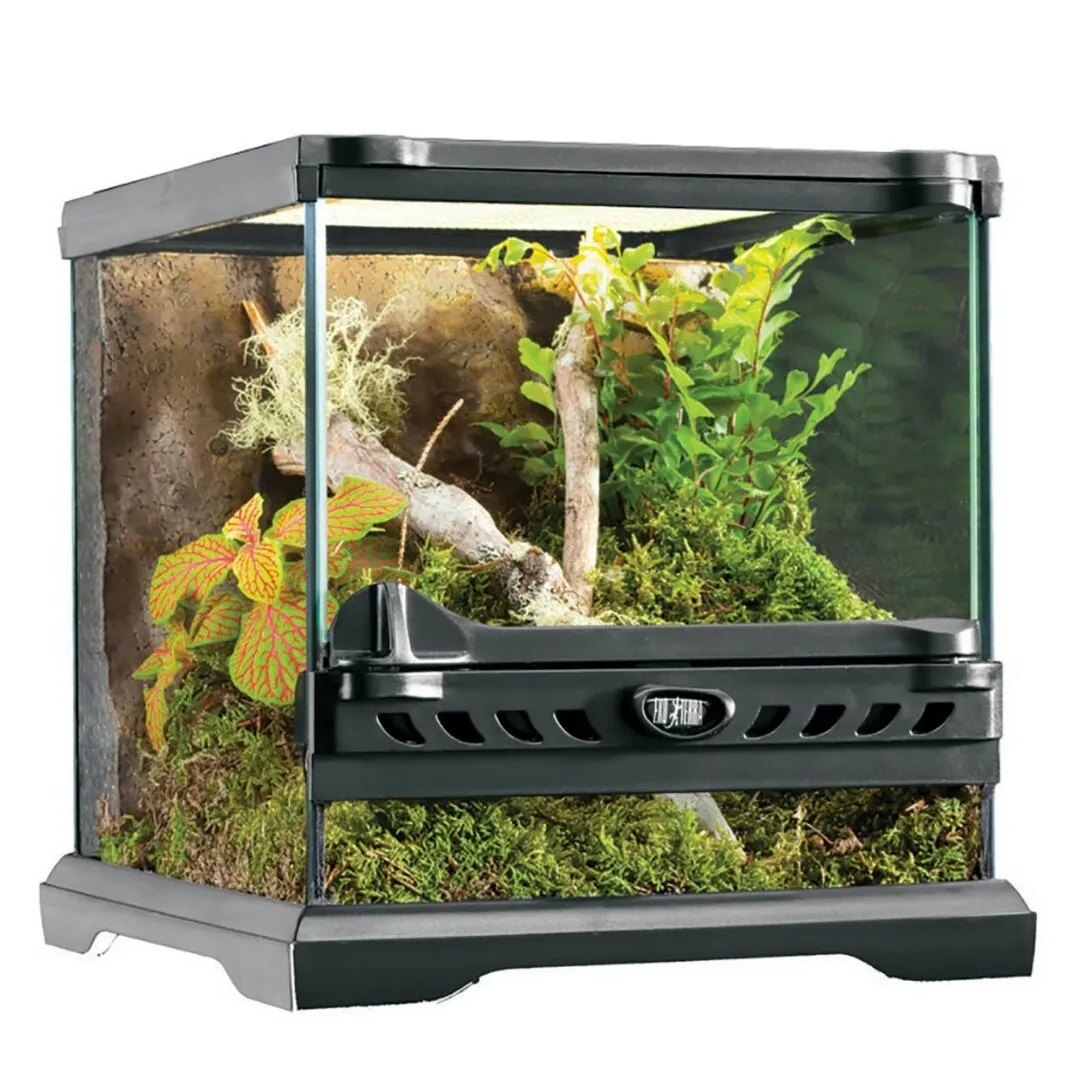
A shallow water dish is a must-have accessory. It should be appropriately sized to prevent drowning, especially for smaller tarantulas. Water dishes made from ceramic or plastic are ideal, as they are easy to clean and resistant to tipping. Ensure the dish is securely placed and regularly cleaned to prevent bacterial growth and maintain water quality. Consider using a water gel alternative if you have a particularly small or fragile tarantula, or a species known to be at risk of drowning in a shallow dish. Always provide fresh, clean water daily to keep your tarantula hydrated and healthy. Over time, the water dish may need to be upgraded as your tarantula grows.
Feeding Tools and Techniques
Feeding your tarantula is a straightforward process, but requires the correct tools and techniques. Use long tweezers or feeding tongs to offer insects directly to the tarantula, minimizing the risk of being bitten. The size of the prey should be appropriate for the tarantula’s size; typically, the insect should be no larger than the tarantula’s abdomen. Remove any uneaten prey within 24 hours to prevent them from stressing the tarantula or potentially injuring it. Crickets, roaches, and mealworms are common food items. Vary the diet to ensure your tarantula receives a balanced intake of nutrients. Always dust live insects with a calcium and vitamin supplement to boost the nutritional value of the meal, supporting the tarantula’s overall health and molt cycles.
Habitat Decor
Habitat decor enhances the tarantula’s environment and provides enrichment. Including items like hides, branches, and artificial plants can stimulate natural behaviors and make the enclosure visually appealing. However, the type and amount of decor should be appropriate for the tarantula species and its size. Too much clutter can make maintenance difficult, while too little may stress the tarantula. The selection of habitat decor should prioritize safety, functionality, and the tarantula’s well-being.
Hides and Shelters
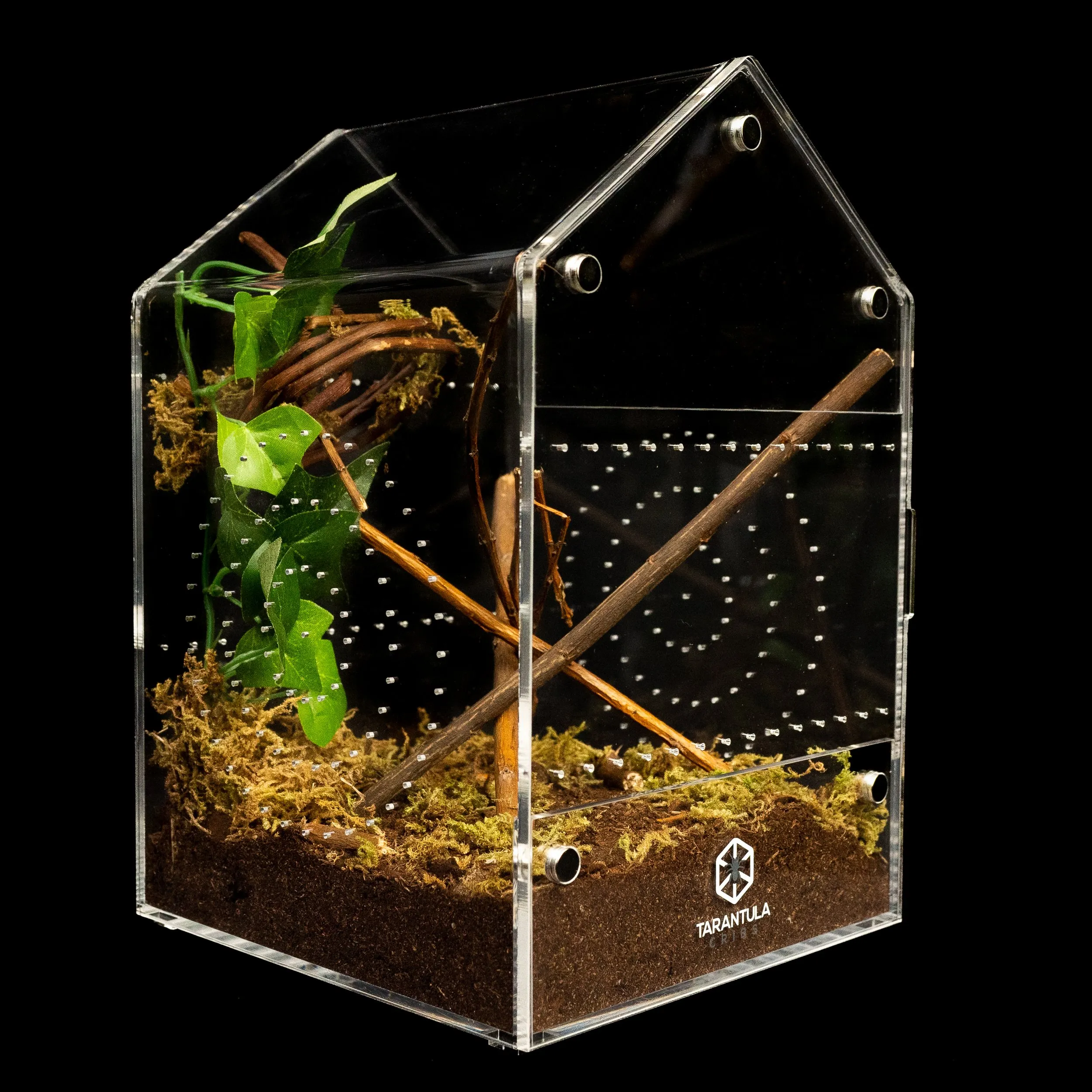
Hides are crucial for tarantulas, providing a safe place to retreat, especially during molting. Cork bark, half logs, or commercially available tarantula hides are all excellent choices. The hide should be appropriately sized, offering security without being too large that the tarantula feels exposed. Ensure that the hide is sturdy and won’t collapse, potentially harming the tarantula. Place the hide in a location that offers the tarantula a sense of security, such as against the side or back of the enclosure. Providing a hide reduces stress and allows your tarantula to feel safe within its habitat, encouraging its natural behaviors and overall well-being. Regularly inspect hides for cleanliness and potential pest infestations.
Climbing Accessories
Climbing accessories are beneficial for arboreal species, and can provide enrichment for terrestrial tarantulas. Branches, driftwood, or artificial plants can offer climbing opportunities and create a more natural environment. Make sure climbing accessories are securely placed to prevent them from falling and potentially injuring the tarantula. The type of climbing accessories chosen should be suitable for the tarantula’s species and size, ensuring that it can safely navigate its enclosure. The presence of climbing accessories encourages natural behaviors, contributing to the tarantula’s physical activity and psychological well-being. Regularly check these accessories for stability and cleanliness to provide a safe and stimulating habitat.
Temperature and Humidity Control
Maintaining the correct temperature and humidity levels is paramount for your tarantula’s health. Most tarantulas thrive in a specific range of temperature and humidity, mirroring their natural habitats. These environmental factors impact the tarantula’s metabolism, feeding habits, and molting cycles. Monitoring and adjusting the temperature and humidity is vital to ensure the tarantula’s comfort and survival. This section will cover the accessories you need to measure and adjust these crucial elements.
Heating Accessories
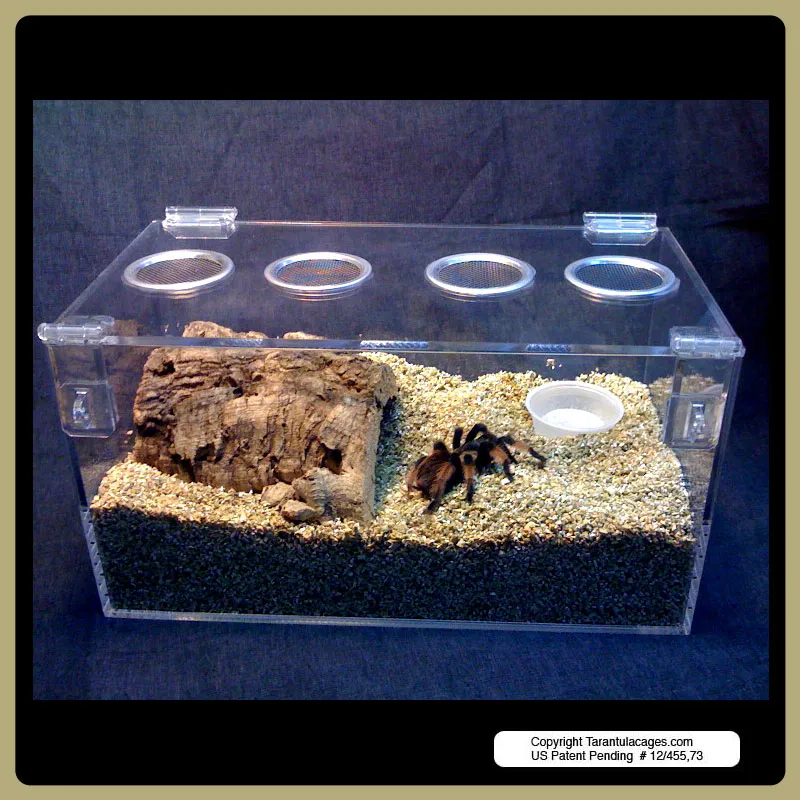
A heat source is often necessary to maintain the appropriate temperature for your tarantula. Heat lamps or under-tank heaters (UTHs) are common choices. However, it’s crucial to avoid overheating, as it can be fatal. Always use a thermostat to regulate the temperature of your heating device. Place the heat source on one side of the enclosure to create a temperature gradient, allowing the tarantula to regulate its body temperature by moving to warmer or cooler areas. Never place a heat source directly inside the enclosure, to prevent burns. Monitor the temperature with a digital thermometer to ensure accuracy and adjust as necessary. Ensure the enclosure has sufficient ventilation to prevent the buildup of excessive heat and humidity.
Humidity Management
Humidity is just as important as temperature, and the required levels vary based on the tarantula species. A hygrometer is essential for measuring humidity levels. To increase humidity, mist the enclosure with dechlorinated water, or use a larger water dish. For species requiring high humidity, ensure proper ventilation to prevent the buildup of mold and bacteria. Avoid over-misting, as this can lead to health issues. The substrate also plays a role in humidity regulation. Maintain a balance between adequate humidity and good ventilation to promote the tarantula’s health. Regularly check the hygrometer to ensure that the humidity levels are within the appropriate range for your tarantula’s species. If humidity is too low, mist the enclosure more frequently, and consider adding additional water sources; if it’s too high, increase ventilation.
Maintenance and Cleaning Accessories
Regular cleaning and maintenance are essential to keep your tarantula’s enclosure hygienic and safe. This includes removing waste, uneaten food, and maintaining clean water. The proper tools make this task easier and more efficient. This section highlights the accessories you need to keep your tarantula’s environment in top condition.
Cleaning Tools
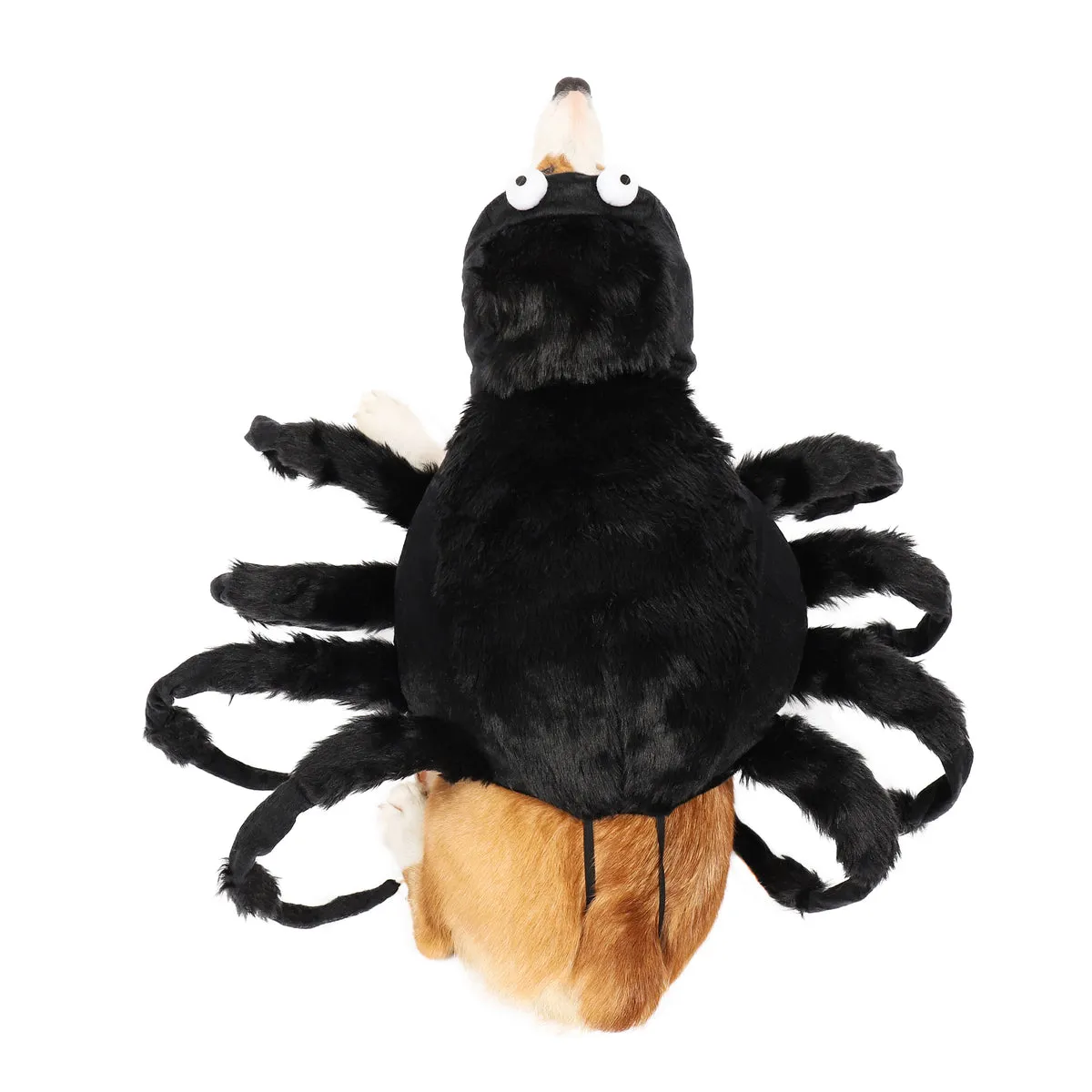
A few essential cleaning tools will make enclosure maintenance easier. Tweezers or tongs are ideal for removing uneaten food, shed skin, and other debris. A small scoop or spoon can be used for removing substrate. A spray bottle filled with dechlorinated water is useful for misting and cleaning. Avoid using harsh chemicals or detergents when cleaning the enclosure; warm water and a mild soap are generally sufficient. Regular cleaning helps to prevent the buildup of waste, mold, and harmful bacteria, ensuring a healthy environment for your tarantula. Always remove the tarantula safely to a temporary container during cleaning and return it to a completely dry enclosure.
Safety First
Safety is paramount when handling and caring for pet tarantulas. Always handle your tarantula with care and avoid unnecessary touching, as they can be fragile. Wash your hands thoroughly before and after interacting with the enclosure or the tarantula. Keep cleaning supplies and other accessories out of reach of children and other pets. Learn about your specific tarantula species’ temperament and behavior to minimize risks. Be prepared for any potential escape attempts by keeping the enclosure securely closed and inspecting it regularly for any damage. Creating a safe environment not only protects your tarantula but also ensures a positive and enjoyable experience for the tarantula owner.
